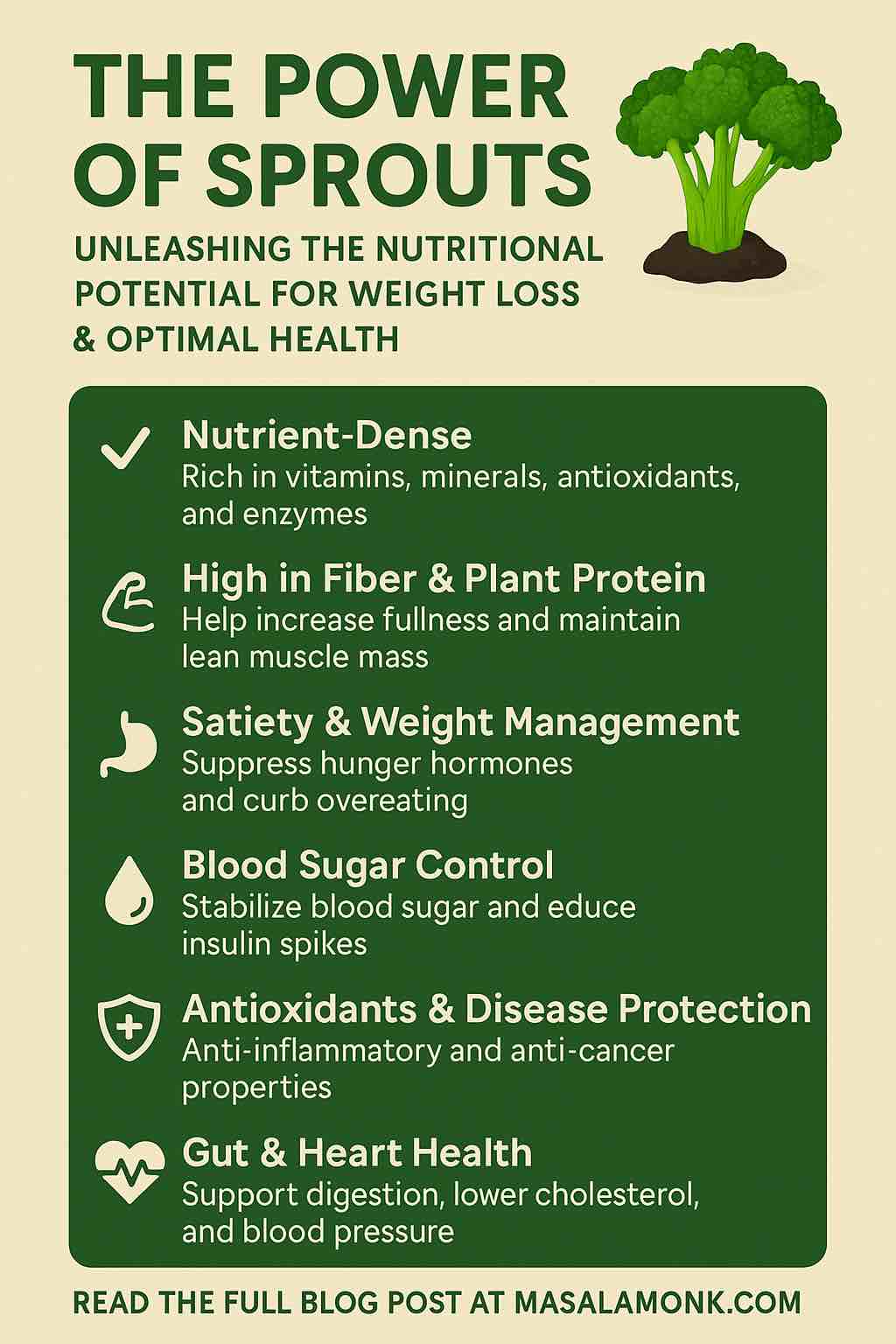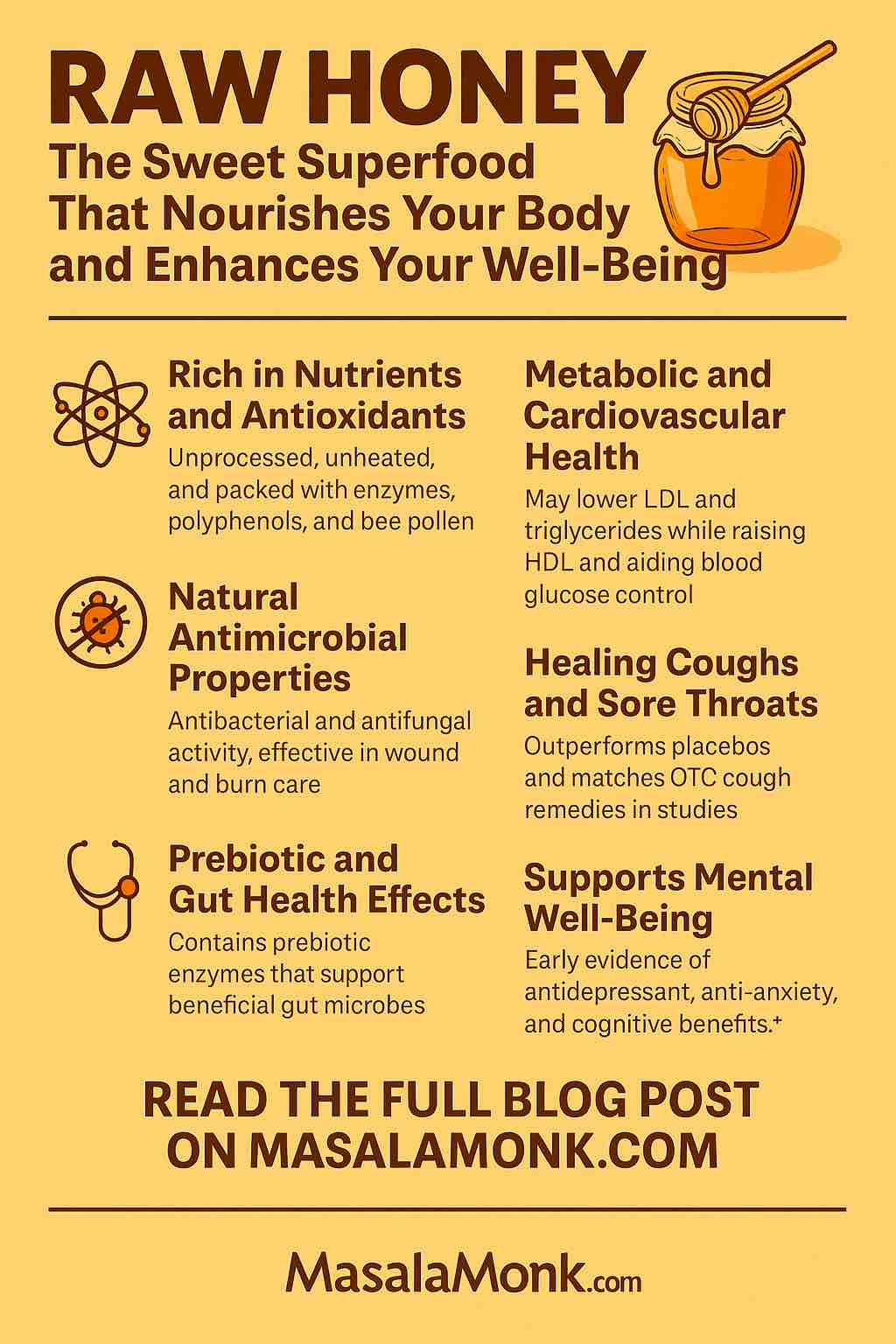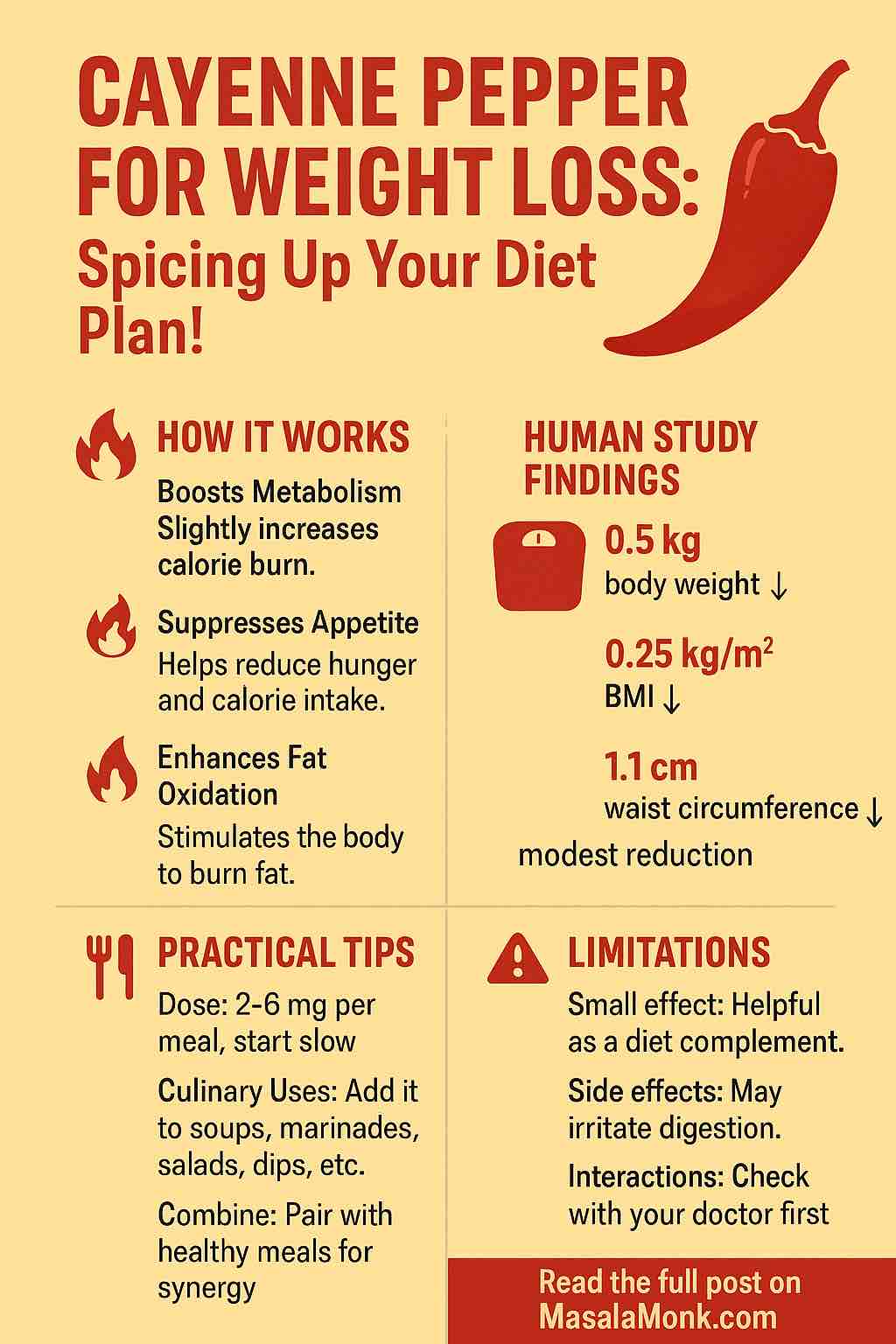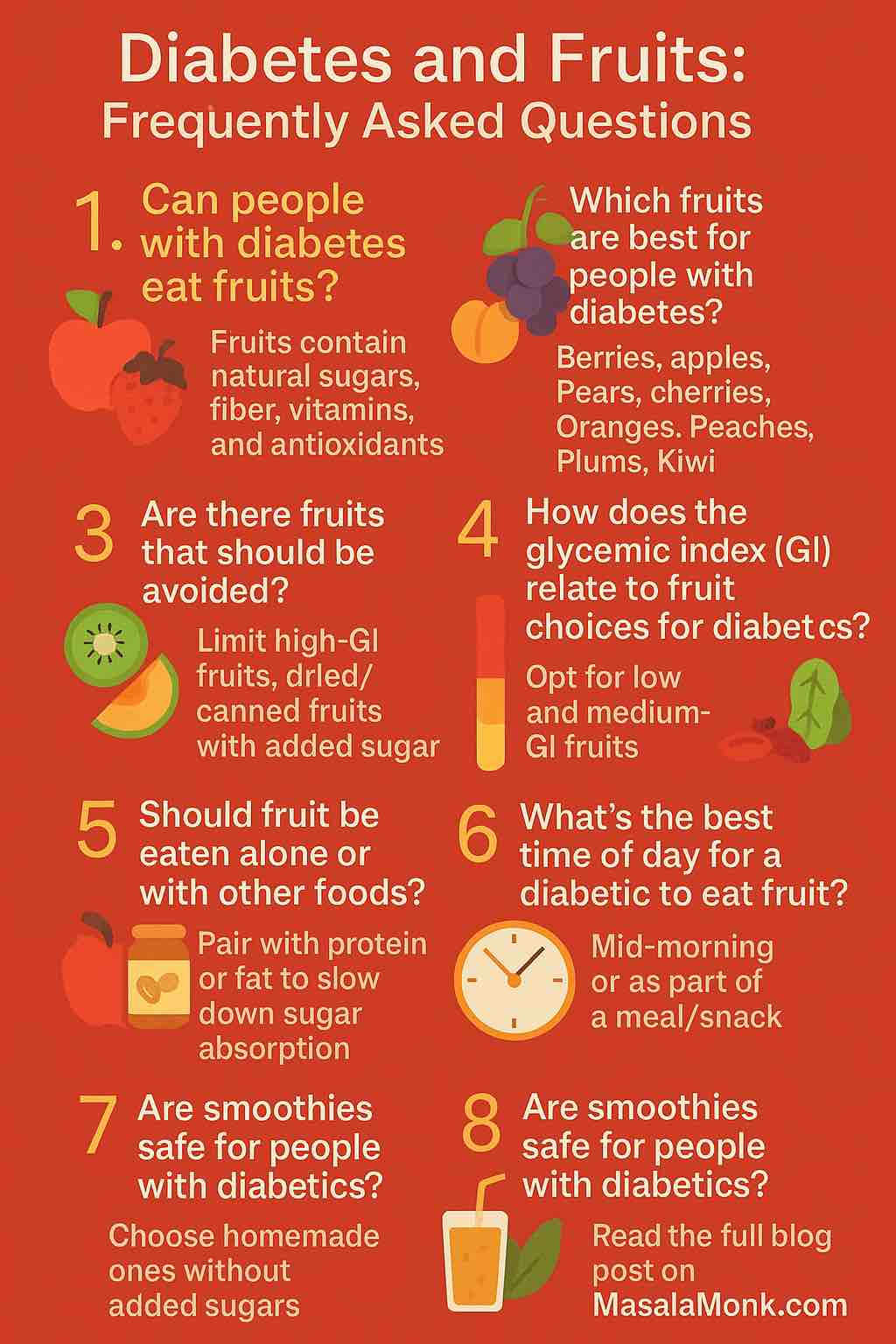
In the world of nutrition, few foods punch above their weight like sprouts. These tiny, humble powerhouses are often overlooked, yet they offer one of the most concentrated sources of vital nutrients, enzymes, and antioxidants nature has to offer. Whether you’re looking to shed pounds, support metabolic health, or simply boost your nutrient intake, incorporating sprouts into your diet is a practical, affordable, and highly effective strategy. Let’s dive into why sprouts deserve a prime spot on your plate.
What Are Sprouts?
Sprouts are seeds that have germinated and become young plants. Commonly sprouted seeds include broccoli, alfalfa, mung bean, lentil, radish, and chickpeas. The sprouting process typically takes 2–7 days and involves soaking, rinsing, and nurturing seeds until they develop tiny shoots. This simple transformation dramatically enhances their nutritional profile.
Nutritional Brilliance: Why Sprouts Are a Superfood
1. Enhanced Nutrient Profile
Sprouting increases the bioavailability of vitamins and minerals, particularly vitamin C, vitamin K, folate, magnesium, and B-vitamins. Some studies show that sprouting can boost antioxidant levels by 2 to 3 times compared to the original seed.
2. Rich in Digestive Enzymes
Sprouts are naturally rich in enzymes like amylase and protease, which aid digestion and reduce bloating. These enzymes break down complex carbs and proteins, making nutrients more absorbable.
3. High in Fiber and Plant-Based Protein
With their low calorie and high fiber content, sprouts promote satiety and digestive regularity. Lentil and mung bean sprouts, for example, offer up to 7 grams of protein per cup, making them a valuable plant protein source.
4. Blood Sugar Regulation
Sprouts have a low glycemic index and are rich in fiber, both of which help stabilize blood sugar. Recent clinical trials on broccoli sprouts reveal their sulforaphane content can reduce fasting blood glucose levels, especially in people with prediabetes.
5. Weight Loss Support
Thanks to their combination of fiber, protein, and micronutrients, sprouts help curb hunger hormones (like ghrelin) and increase satiety hormones (such as GLP-1 and PYY). They’re an ideal food for anyone aiming to reduce calorie intake without compromising nutrition.
6. Gut and Heart Health
Sprouts foster healthy gut bacteria and regular digestion. Additionally, their fiber and phytonutrients help lower LDL cholesterol and blood pressure, protecting cardiovascular health.
Top Sprouts to Include in Your Diet
- Broccoli Sprouts: Packed with sulforaphane, a potent antioxidant and metabolism booster.
- Mung Bean Sprouts: Great for blood sugar control and digestive health.
- Lentil Sprouts: High in protein and fiber, excellent for weight management.
- Alfalfa Sprouts: Rich in vitamins A, C, and K, with a mild taste perfect for salads.
- Radish Sprouts: Spicy and full of antioxidants that support liver function and detox.
- Chickpea Sprouts: Dense in protein and iron, great for plant-based diets.
How to Grow Sprouts at Home (Safely)
- Choose Organic Seeds: Make sure they are labeled for sprouting.
- Soak Seeds: 6–12 hours in clean water.
- Rinse and Drain: Twice daily in a mason jar or sprouting tray.
- Sprout in Indirect Light: Maintain room temperature (65–75°F).
- Harvest: Usually in 3–7 days when sprouts are 1–2 inches long.
- Refrigerate Immediately: Store in a breathable container and consume within 3–5 days.
Food Safety Tips:
- Always wash hands, jars, and equipment thoroughly.
- Avoid eating sprouts if you have a compromised immune system unless they are cooked.
Easy & Delicious Ways to Add Sprouts to Your Diet
- Toss into Salads: Adds crunch and a burst of nutrients.
- Layer in Sandwiches and Wraps: A flavorful alternative to lettuce.
- Blend into Smoothies: Especially broccoli sprouts for a detoxifying boost.
- Top Soups and Stir-Fries: Add just before serving to preserve nutrients.
- Bake into Breads or Savory Muffins: For an earthy, nutty twist.
Final Thoughts: The Sprouting Edge
Sprouts are not a trend—they’re a timeless nutritional gem that deserves more attention. They offer a perfect storm of benefits: low-calorie density, high nutrient load, metabolic support, digestive aid, and unmatched versatility.
Whether you’re managing weight, enhancing athletic performance, or just eating cleaner, sprouts are an easy win. With just a few minutes of effort and a handful of seeds, you can unlock a world of health benefits right from your kitchen countertop.
Start sprouting. Start thriving.
FAQs: The Power of Sprouts
1. What are the health benefits of eating sprouts daily?
Sprouts are rich in vitamins, minerals, antioxidants, and enzymes. Daily consumption can aid digestion, support immune function, regulate blood sugar, and improve heart health, while also helping with satiety and weight control.
2. Can sprouts really help with weight loss?
Yes. Sprouts are low in calories but high in fiber and protein, which help you feel fuller for longer. They regulate appetite hormones and stabilize blood sugar, reducing cravings and overeating.
3. What is the best time to eat sprouts for maximum benefit?
Sprouts can be eaten any time, but consuming them during breakfast or lunch may offer better digestion and energy regulation throughout the day. Avoid eating large amounts late at night due to their fiber content.
4. Are raw sprouts safe to eat?
Raw sprouts can carry bacteria like E. coli or Salmonella if improperly handled. To reduce risk: buy seeds meant for sprouting, wash thoroughly, store in the fridge, and rinse twice daily. Immunocompromised individuals should lightly cook them.
5. How long do homegrown sprouts last in the refrigerator?
Typically, 3–5 days. Store them in a breathable container lined with paper towels to absorb moisture, which prevents spoilage.
6. Can I sprout any seeds at home?
Only use organic, untreated seeds labeled for sprouting. Some seeds, like kidney beans, can be toxic when raw and should not be sprouted.
7. Which sprouts are best for beginners?
Mung beans, lentils, and alfalfa sprouts are easy to grow, quick to sprout, and forgiving if you’re new to the process.
8. How often should I rinse sprouts during the growing process?
Rinse and drain sprouts twice a day—morning and evening—to prevent mold growth and promote healthy sprouting.
9. Are sprouted grains better than regular grains?
Yes. Sprouting grains like wheat, barley, or quinoa increases nutrient availability, reduces antinutrients (like phytic acid), and improves digestibility.
10. Can I eat sprouts during pregnancy?
Caution is advised. Due to the risk of bacterial contamination, pregnant individuals should eat only cooked sprouts. Consult your doctor before including them.
✅ What This Means for You in 2025
| Area | What We Know |
|---|---|
| Broccoli Sprout Supplements | Clinical evidence supports their use for reducing fasting glucose in prediabetes. |
| Weight Loss & Metabolism | Animal studies are compelling, but human trials on weight loss are still needed. |
| Brain & Cognitive Health | Animal evidence points to neuroprotective benefits—promising, yet preliminary. |
| Safety & Effectiveness | Generally safe as food; personalized effects linked to gut microbiome diversity. |
| Sprout Types & Actions | Mung, lentil, radish sprouts add fiber and nutrients, complementing broccoli sprout effects. |













